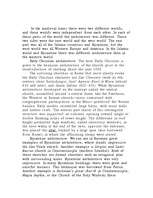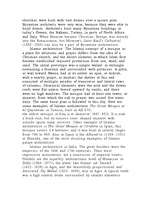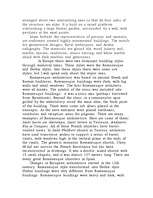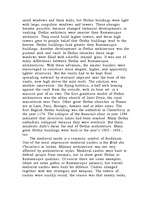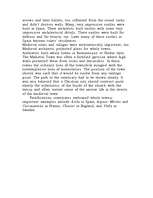In the medieval times there were two different worlds, and these worlds were independent from each other. In each of these parts of the world the architecture was different. These two sides were the east world and the west world. The east part was all of the Islamic countries and Byzantine, but the west world was all Western Europe and America. In the Islamic world and Byzantine there was different architecture then in the western world.
Early Christian architecture. The term Early Christian is given to the basilican architecture of the church prior to the reintroduction of vaulting about the year 1000.
The surviving churches in Rome that most clearly evoke the Early Christian character are San Clemente (with its 4th-century choir furnishings), Sant' Agnese Fuori le Mura (rebuilt 630 and later), and Santa Sabina (422-432). While Byzantine architecture developed on the concept called the central church, assembled around a central dome like the Pantheon, the Western or Roman church—more concerned with congregational participation in the Mass—preferred the Roman basilica. Early models resembled large barns, with stone walls and timber roofs. The central part (nave) of this rectangular structure was supported on columns opening toward single or double flanking aisles of lower height.
…
